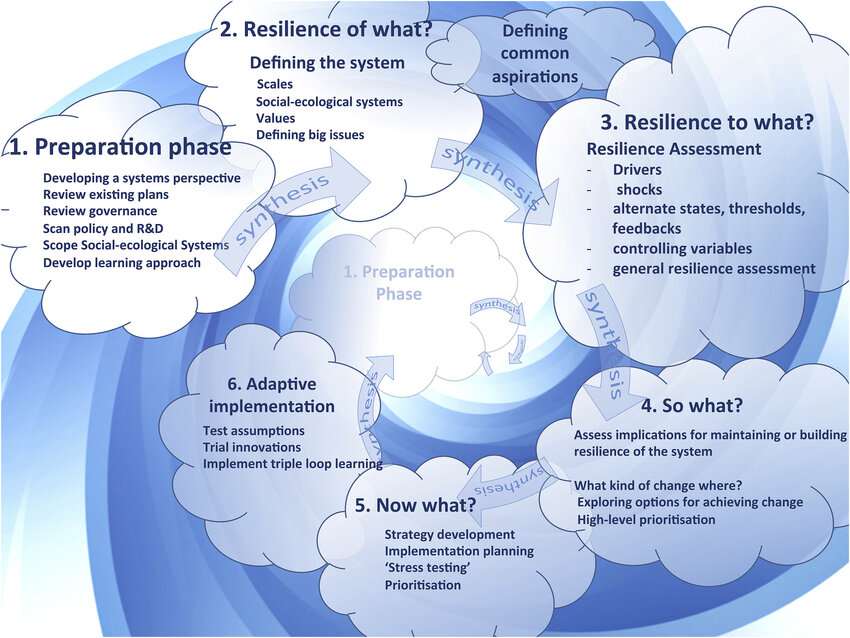
The Power of Active Learning
Imagine walking into a classroom where students are not passively listening to lectures, but actively engaging with the material. Picture their brains buzzing with excitement as they collaborate, create, and critically think about what they’re learning. This is the power of active learning—a dynamic approach that transforms traditional education into an interactive experience. As we delve deeper into this concept, we’ll uncover how engaging your brain through active methods can lead to better results in academic performance and beyond. Get ready to explore techniques that will invigorate both teaching and learning!

What is Active Learning?
Active learning is an educational approach that emphasizes participation and engagement. Instead of merely absorbing information, students take an active role in their learning process. This can involve discussions, problem-solving tasks, group projects, and hands-on activities.
In this model, learners are encouraged to think critically and apply concepts directly. They explore ideas through collaboration with peers, fostering a deeper understanding of the subject matter.
This method shifts the focus from the teacher as the sole authority to a more interactive environment. Students become partners in their education rather than just recipients of knowledge.
By doing so, they develop essential skills such as communication, analysis, and creativity—skills that are increasingly valuable in today’s world. Active learning not only enhances retention but also makes education more enjoyable for both students and instructors alike.
How Does Active Learning Differ from Traditional Teaching Methods?
Active learning shifts the focus from passive reception to dynamic engagement. In traditional teaching, teachers deliver lectures while students sit quietly, absorbing information. This approach often leads to limited retention and understanding.
With active learning, students participate directly in their education. They discuss concepts with peers, solve problems collaboratively, and apply knowledge in real-time scenarios. This hands-on experience fosters deeper connections to the material.
The role of the teacher transforms as well. Instead of being a sole authority on knowledge, they become facilitators guiding exploration and critical thinking. Students take charge of their own learning journey.
This interactive environment encourages curiosity and promotes better cognitive processing. By involving students actively, it nurtures skills that are essential for success beyond the classroom walls—critical thinking, teamwork and adaptability among them.
The Benefits of Active Learning
Active learning transforms the educational experience. It fosters a deeper understanding of concepts by encouraging students to engage directly with materials.
Students who participate actively tend to retain information longer. This method promotes critical thinking and problem-solving skills, crucial for real-world applications.
Collaboration is another significant advantage. Working in groups allows learners to share diverse perspectives, enhancing their grasp of subjects while building essential teamwork abilities.
Moreover, active learning ignites motivation. When students take charge of their education, they feel more invested in their success. This enthusiasm often leads to improved academic performance.
The interactive nature also caters to various learning styles. Whether visual, auditory or kinesthetic, everyone finds ways that resonate best with them.
Active learning creates an enriching environment where curiosity thrives and knowledge flourishes.
Techniques for Implementing Active Learning in the Classroom
Active learning can breathe new life into the classroom. One effective technique is collaborative group work. Students learn from each other while tackling problems together. This fosters communication skills and deepens understanding.
Another approach is the use of case studies. Real-world scenarios engage students, encouraging critical thinking and application of knowledge. They analyze situations, debate solutions, and develop a more profound grasp of concepts.
Think-pair-share is also powerful. It allows students to think independently before discussing their ideas with a partner. This not only builds confidence but promotes active participation among all learners.
Incorporate hands-on activities whenever possible. Experiments or simulations help solidify theoretical knowledge through practical application, making lessons memorable.
Using interactive technology can enhance engagement too—think quizzes or polls that allow instant feedback in real-time discussions. Embracing these techniques transforms traditional teaching into an engaging experience for every student involved.

Incorporating Technology into Active Learning
Technology plays a vital role in enhancing active learning experiences. It opens up new avenues for engagement, allowing students to interact with content in dynamic ways.
Tools like interactive simulations and educational apps provide hands-on experience that traditional methods often lack. This immersive approach caters to diverse learning styles, making lessons more relatable.
Collaborative platforms also foster communication among peers. Students can share ideas and resources effortlessly, promoting teamwork and critical thinking.
Gamification is another powerful element of tech integration. Games can turn challenging concepts into enjoyable challenges, encouraging persistence and enthusiasm.
Virtual reality (VR) takes it even further by creating lifelike scenarios where learners can practice skills in a safe environment. This immediate feedback loop enhances understanding and retention.
By thoughtfully incorporating technology, educators empower students to take charge of their learning journey while stimulating their brains for maximum impact.
Success Stories and Research Findings on Active Learning
Numerous studies highlight the transformative power of active learning. Research from the University of Minnesota showed that students engaged in active learning scored significantly higher on exams compared to those in traditional settings.
In a college biology course, instructors employed group discussions and hands-on experiments. The result? Student retention improved by over 20%. This striking increase illustrates how applying concepts leads to deeper understanding.
Another compelling example comes from K-12 education. A school district adopted project-based learning across its curriculum. Teachers reported heightened student motivation and engagement levels, with attendance rates soaring as well.
Active learning isn’t just theory; it’s backed by data and real-world success stories that demonstrate its effectiveness across diverse educational contexts. These findings inspire educators to rethink their approaches, proving that engagement truly enhances academic performance.
Conclusion: Embracing Active Learning for Improved Academic Performance
Active learning is a transformative approach that empowers students to take charge of their education. By engaging the brain actively, learners not only enhance their understanding but also retain information more effectively. This method shifts away from rote memorization and passive note-taking, focusing instead on interaction and application.
The benefits are clear. Students who embrace active learning often show improved academic performance, deeper critical thinking skills, and greater motivation. With various techniques available—from group discussions to hands-on projects—educators have plenty of tools at their disposal to foster an engaging environment.
Incorporating technology into these methods amplifies the effects even further. Online quizzes, interactive simulations, and collaborative platforms can enhance the active learning experience while making it more accessible for everyone.
Research supports this shift in educational strategy too; numerous studies highlight significant gains in knowledge retention and student satisfaction when active learning is prioritized.
Embracing this dynamic approach heralds a new era in education where engagement leads to better results for all learners. By prioritizing activity over passivity, both educators and students can unlock their full potential together.




Leave a Reply